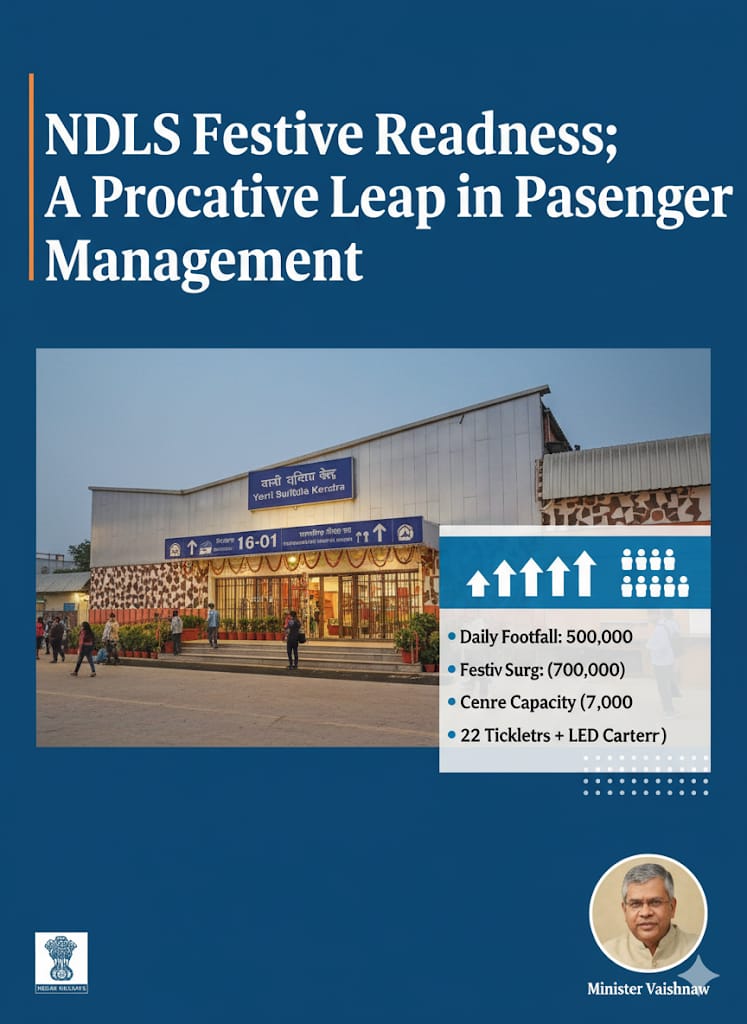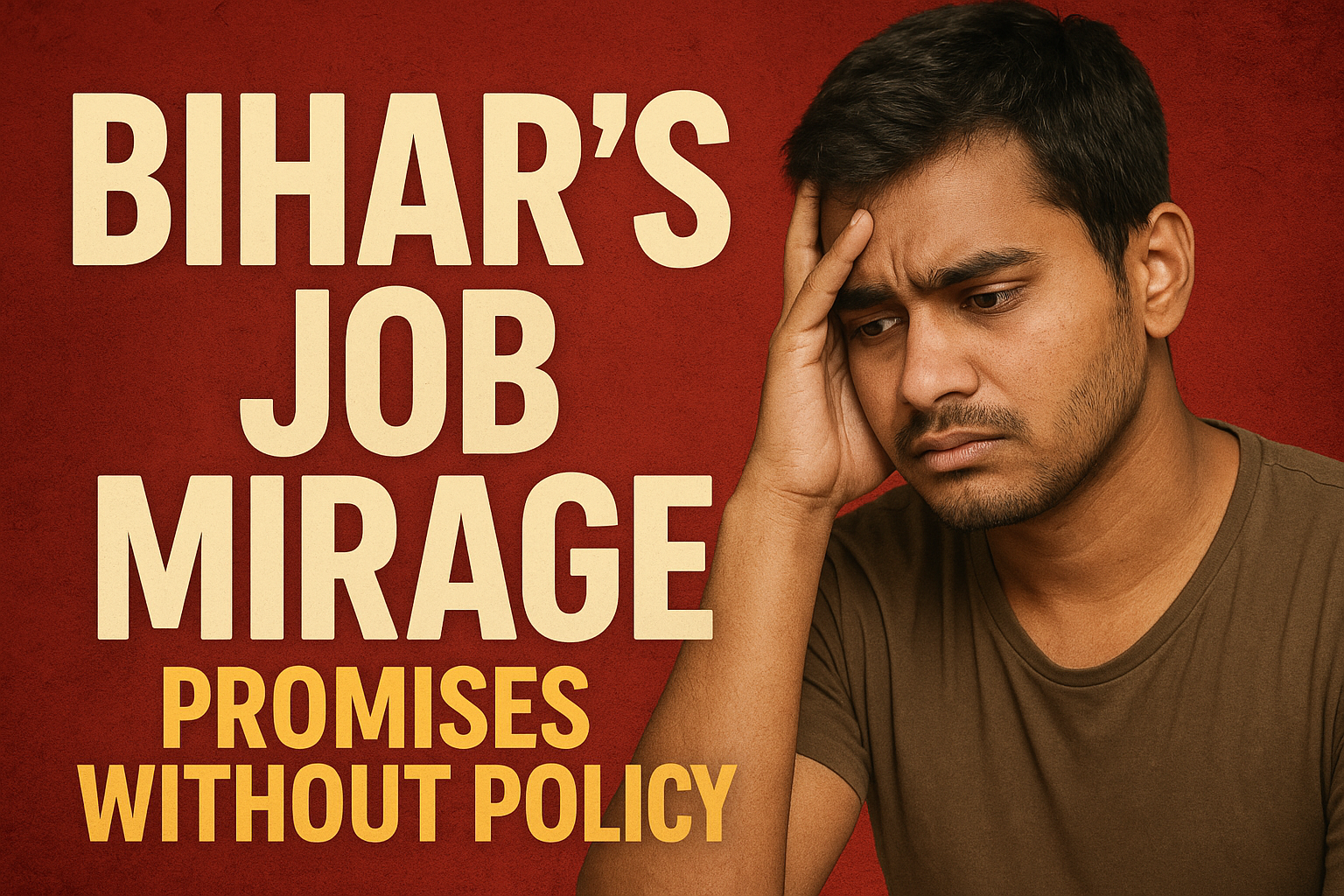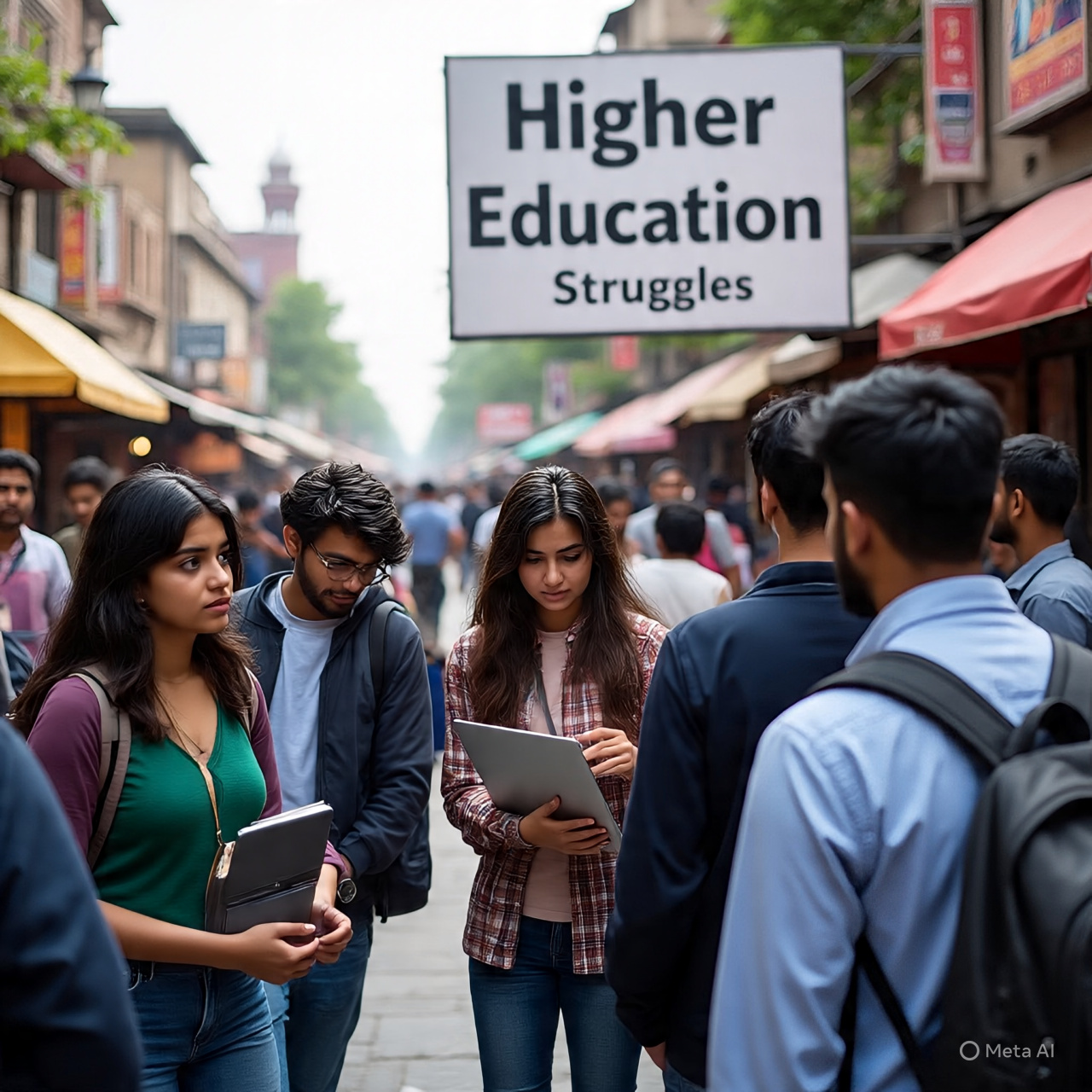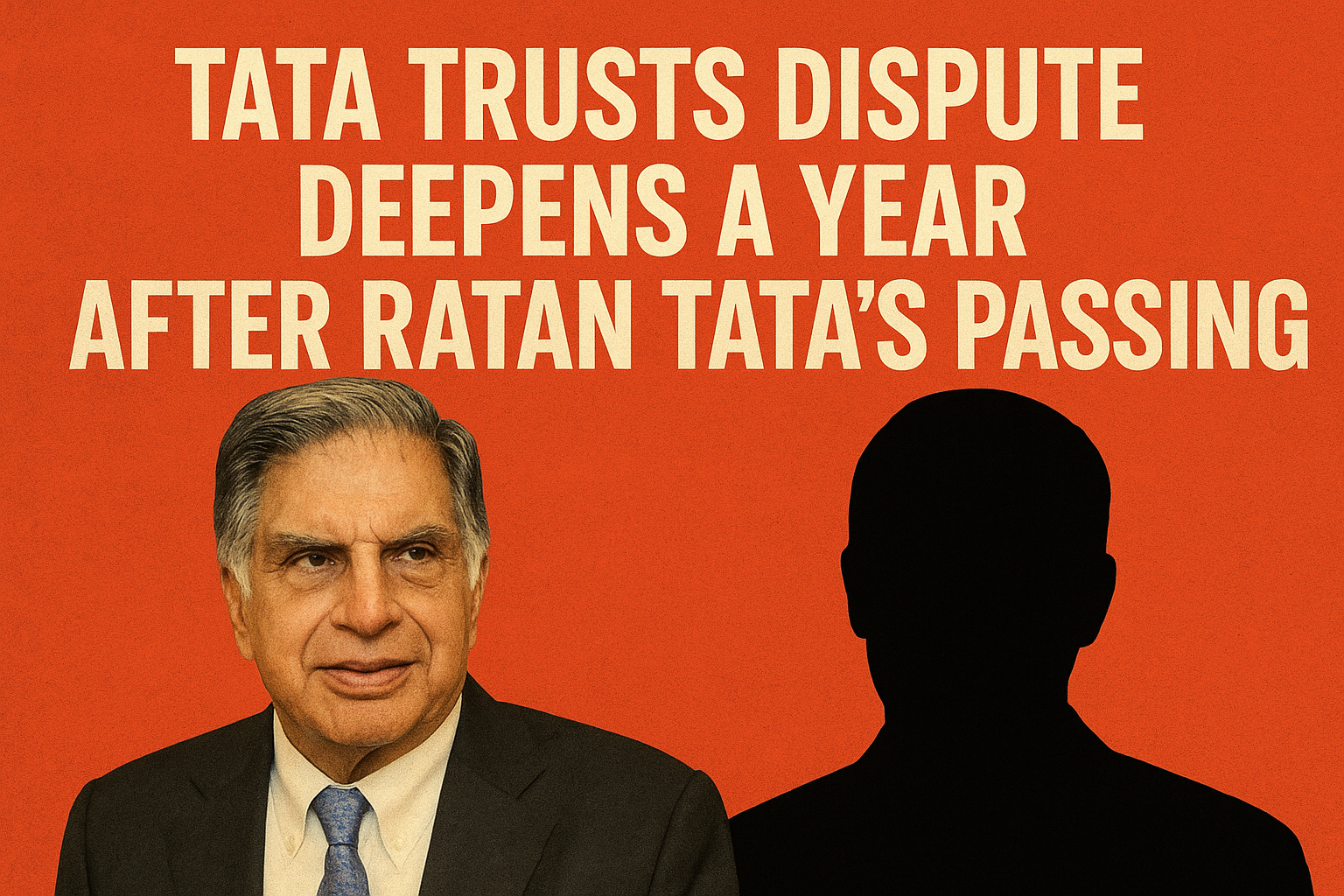
On paper, India is booming. The GDP is on track to surpass Japan and Germany. Corporate profits are up, startups abound, and the digital economy is expanding. Yet behind this growth narrative, a quieter, more troubling story is unfolding: India’s educated middle class is facing an unemployment crisis, eroding both dreams and dignity.
Inside modest urban homes, crowded coaching centres, and disillusioned job forums, young graduates sit idle or underutilized. They followed the path society laid out—education, degrees, discipline—but now find themselves stuck in an economy that has outpaced its promise to them.
A Degree in Hand, But Nowhere to Go
For decades, Indian middle-class families made immense sacrifices to secure their children’s future: private school fees, costly tuition centres, and education loans that often exceeded their income. Higher education was sold as the ticket to stability and upward mobility. But for many, that promise has failed to deliver.
Today, joblessness is rising fastest not among the rural poor or the urban uneducated, but among those with formal degrees. A 2023 International Labour Organization report found that over 20% of Indian graduates under 30 are unemployed, nearly double the national average.
According to the Centre for Monitoring Indian Economy (CMIE), households earning between ₹1 lakh and ₹2 lakh annually—typically home to diploma holders, MBAs, engineers, and teachers—saw the sharpest rise in unemployment after COVID. This isn’t the story of laziness or lack of ambition. It’s about a broken economic engine that produces degrees but not demand.
“We were told to study hard, so we did,” says Shruti, 27, a postgraduate in biotechnology now working at a call centre. “Now we’re told to learn coding, pivot careers, take another course. But where are the jobs we were promised?”
The term “informed unemployment” is now used to describe this generation: highly educated, technically skilled, and thoroughly jobless. Unlike previous decades, where the barrier was access, the new crisis is one of mismatch—between what the education system produces and what the market needs.
Debt, Despair, and the Hidden Costs of Joblessness
The crisis is not just economic—it’s psychological and emotional. Clinics in major Indian cities report a surge in anxiety, depression, and burnout among young professionals. Memes and reels about joblessness may offer momentary relief, but beneath the humour is growing hopelessness.
“For many, job rejection isn’t just professional—it’s personal,” says Dr. Nikhil Rao, a clinical psychologist in Bengaluru. “It feels like an identity crisis. When you do everything right and still fail, it can be devastating.”
Meanwhile, debt levels are ballooning. According to the Reserve Bank of India, India’s household debt-to-GDP ratio stood at 23.9% in 2021, much of it concentrated in middle-income families. These households borrowed against a better future—EMIs for education, coaching, or housing—assuming that stable jobs would follow. But instead of returns, they now face repayment pressures with no income cushion.
A 2023 study by Azim Premji University found that many such families are using retirement funds and marriage savings to cover daily expenses, signalling a shift from aspiration to survival. Middle-class households, once the engines of consumer spending and economic optimism, are now shrinking their ambitions.
The Promise Gap: Why Growth Isn’t Creating Good Jobs
Yes, India’s economy is growing. But job creation is lagging far behind. Most new employment is gig-based, contractual, or informal. These roles offer neither benefits nor long-term security—and are often unsuitable for the highly educated youth entering the workforce.
As of June 2024, CMIE data put India’s unemployment rate at 9.2%, with urban centres and youth populations facing even higher rates. Ironically, industries such as construction, logistics, and delivery services are struggling to find workers—but these don’t align with the aspirations or training of degree-holders.
“We were told India needs our talent,” says Aman, 29, a mechanical engineer now delivering food in Pune. “Turns out, it just needed our silence.”
The bigger issue is a fraying social contract. India's middle class was built on faith in meritocracy—that talent and hard work would lead to opportunity. If that belief collapses, the consequences won’t be confined to the job market. They will ripple across politics, democracy, and social cohesion.
Government responses—skill initiatives, entrepreneurship incentives, and online learning platforms—have been well-intentioned but inadequate. What’s missing is structural reform:
- Align educational outcomes with market realities, reducing the mismatch between degrees and demand.
- Treat mental health as a national priority, not just an individual issue.
- Ensure social security for gig and informal workers, who now make up a growing share of employment.
- Rebuild trust in public institutions, so that young Indians feel seen, heard, and valued.
India’s middle class was once its greatest hope—a symbol of progress and potential. Today, it stands disillusioned, overqualified, and underutilized. Addressing this crisis isn’t just about economics. It’s about restoring faith in a nation’s promise and ensuring that the next generation doesn’t give up before they even begin.




.jpeg)
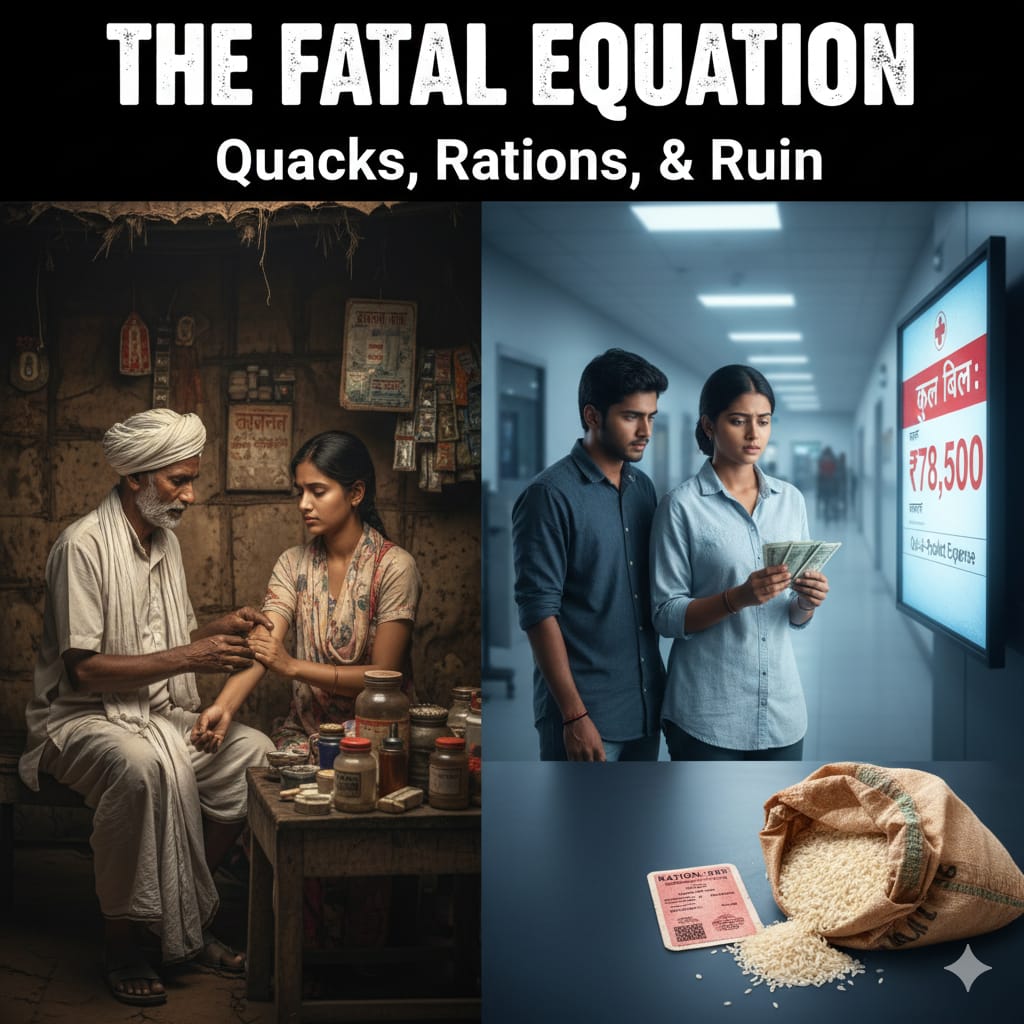
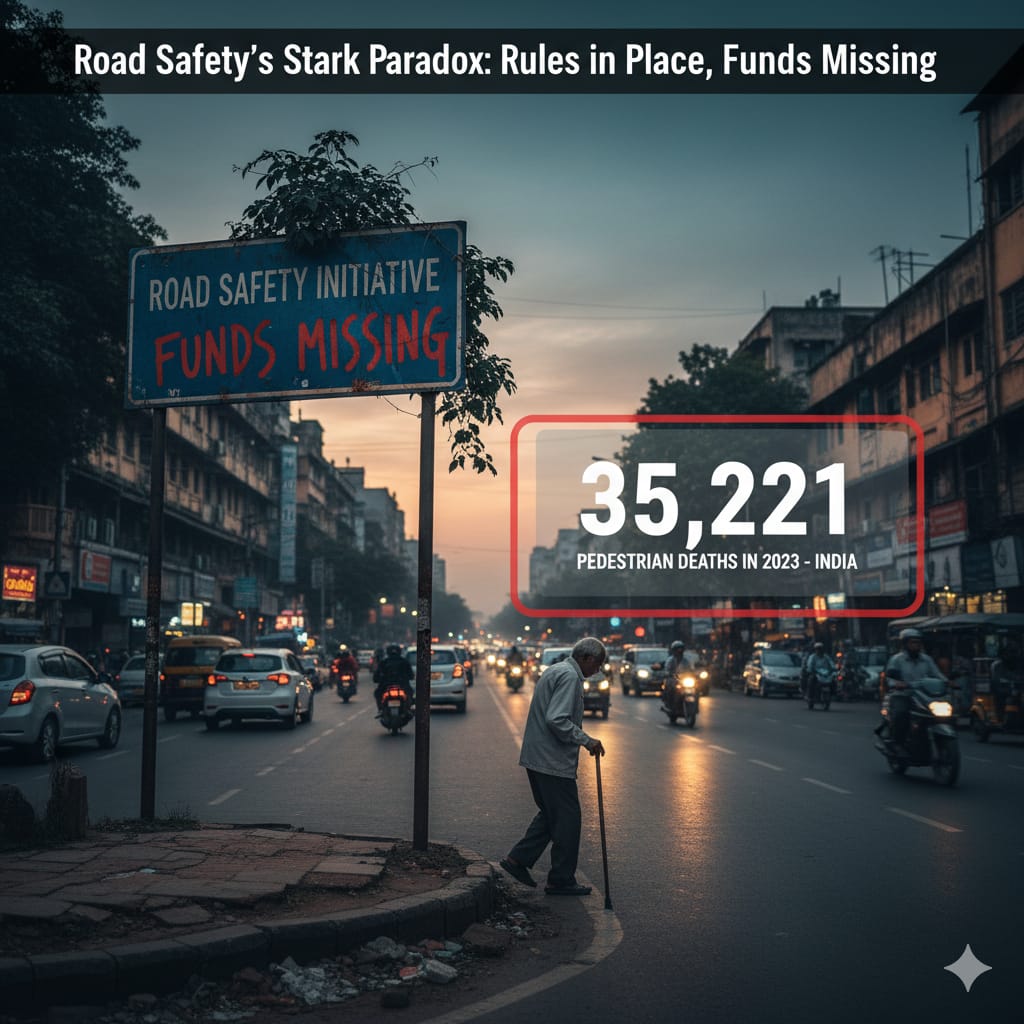
.jpeg)

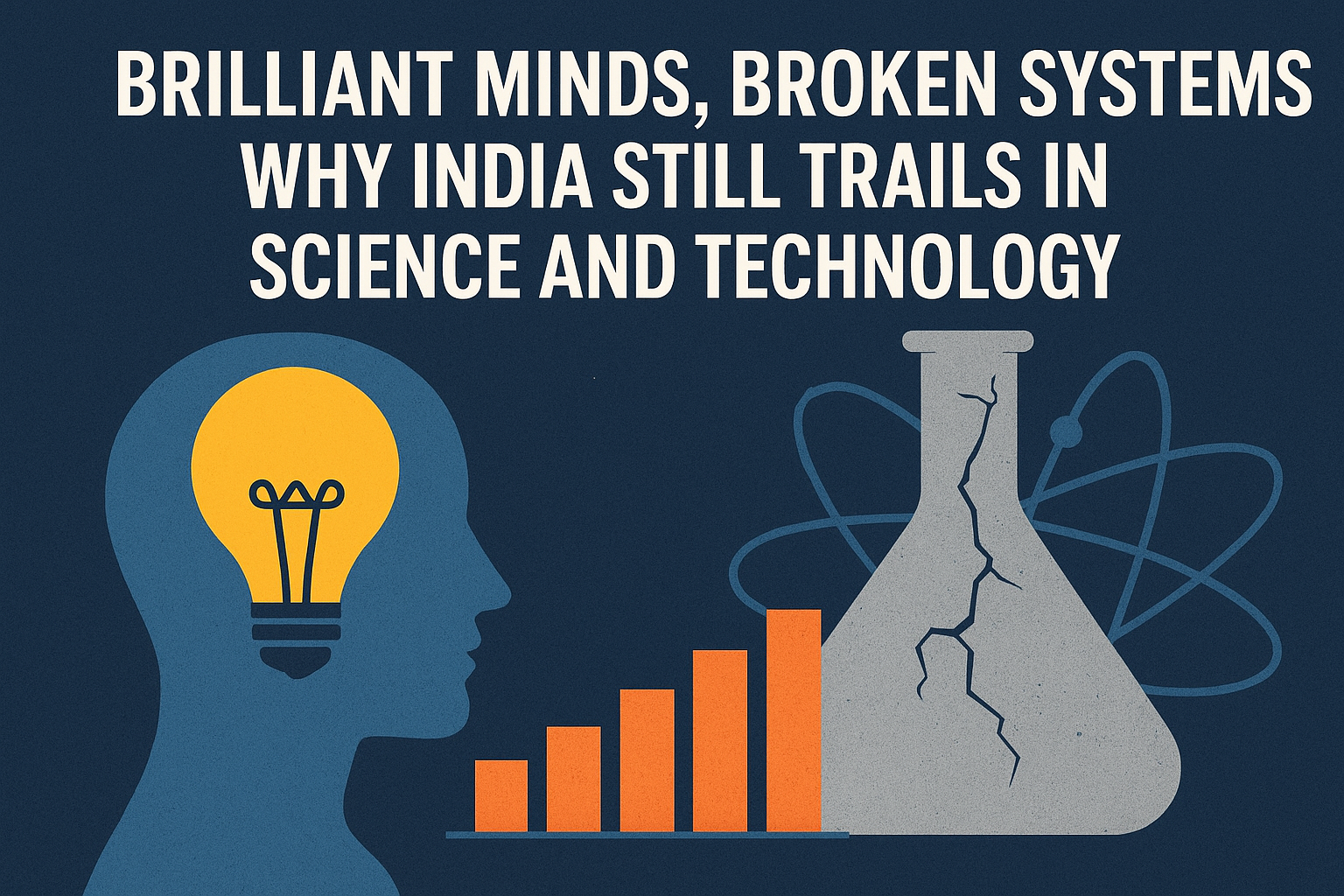


.jpeg)
